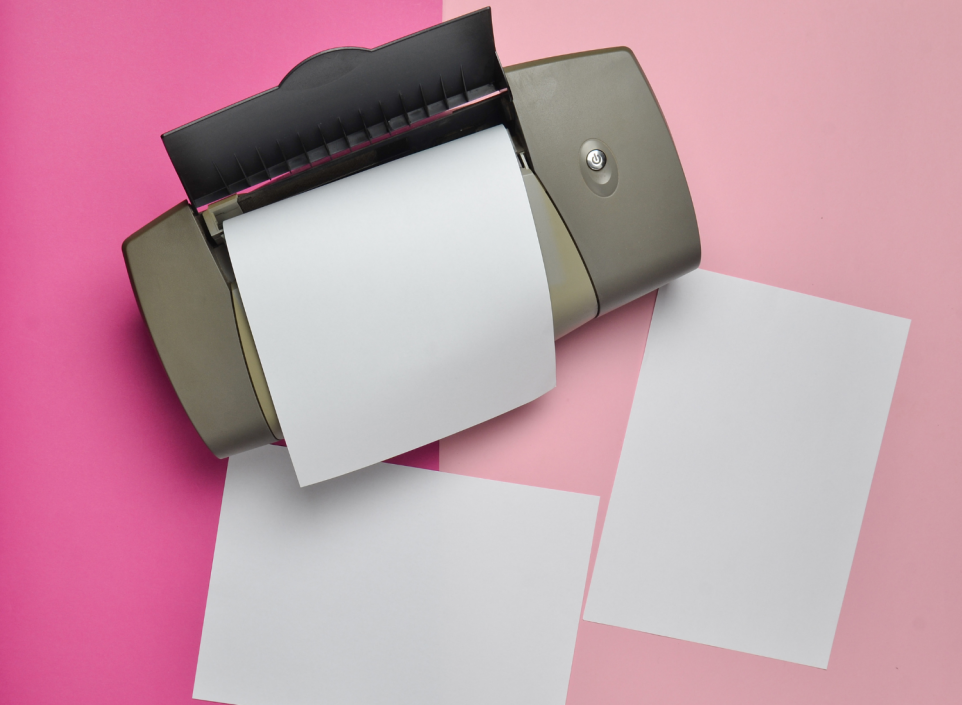Your Complete Guide to Printer Paper Sizes

When embarking on a printing project, whether it’s a simple home office document or a complex promotional poster, one of the first decisions you must make is selecting the appropriate paper size. The dimensions of the paper you choose can greatly affect the readability, appearance, and impact of your printed material. This guide will explore every printer paper size used worldwide and discuss when and why each might be the most appropriate choice for your needs.
Understanding Printer Paper Size Standards
The standards for paper sizes are largely dictated by two major systems: the International Standard (ISO) A-series and the American National Standards Institute (ANSI) series. Each serves different geographical areas and has different applications based on local norms and printing technologies.
ISO-A Series
The ISO 216 standard defines the A-series of paper sizes, which is primarily used throughout Europe and internationally. This system is based on an aspect ratio of the square root of two (approximately 1:1.414), which allows for consistency in the ratio when papers are folded or cut in half. An A0 sheet, the largest in the A-series, has an area of one square meter and dimensions of 841 x 1189 mm. Each subsequent size, from A1 to A8, is half the size of the previous one in the series.
This proportional system simplifies enlargement and reduction in printing processes, ensuring that the content fits different sizes without alteration of the original proportions. For more detailed information on ISO paper sizes, see ISO’s guidelines on A-series paper sizes.
ANSI Series
Predominantly used in the United States and Canada, the ANSI series is similar to the ISO series in its logical progression of sizes, though it begins with ‘ANSI A’, which is close to the A4 size at 8.5 x 11 inches. The sizes scale up through ANSI B (11 x 17 inches), ANSI C (17 x 22 inches), ANSI D (22 x 34 inches), and ANSI E (34 x 44 inches). This size standard was developed to accommodate local printing practices and the common use of 8.5 x 11 inch paper, also known as ‘Letter’ size.
Comprehensive Guide to ISO-A Paper Sizes
Let’s break down each ISO-A paper size to understand its specific uses and advantages:
A0 (841 x 1189 mm)
A0 paper is typically used for large-format prints such as architectural plans, posters, or wall charts. Its large size allows for detailed, high-impact visual presentations that are visible from a distance. The dimensions are particularly beneficial for printing large-scale diagrams or artwork that require fine detail without the need for seams that could disrupt the image.
A1 (594 x 841 mm)
Slightly smaller than A0, A1 is often used for technical drawings, large posters, or flip charts in corporate environments. It’s a preferred size for environments that need visibility for medium-sized groups, offering a good balance between the larger A0 and more manageable A2.
A2 (420 x 594 mm)
A2 is a versatile size, suitable for medium-sized posters and displays, as well as larger educational materials. It’s also commonly used in artistic prints where a slightly larger canvas than A3 is required, but handling and distribution are still manageable.
A3 (297 x 420 mm)
A3 paper is ideal for presentations, charts, and large tables, and it is commonly used in meetings or academic settings. It allows for clear display of information with ample space for detailed graphics and text. A3 can also be used effectively for small-scale posters or as an in-house proofing option for larger prints.
A4 (210 x 297 mm)
The most familiar and widely used paper size worldwide, A4, is the standard choice for most letters, forms, and office documents. It’s the default paper size for home and office printers and is the international standard for business correspondence. This size is also used for smaller brochures, product sheets, and catalogs.
A5 (148 x 210 mm)
A5 is half the size of A4, making it suitable for flyers, leaflets, and smaller booklets. It’s a popular choice for personal planners and journals due to its convenient size, which is easy to handle yet provides sufficient space for detailed information.
A6 (105 x 148 mm)
Ideal for postcards, invitation cards, or small flyers, A6 offers a compact format that is cost-effective for mass distribution. It’s also a common size for booklet-type documents where portability is important.
Practical Applications and Tips
Choosing the right paper size depends on the purpose of the document, the content that needs to be included, and how the document will be used or distributed. Here are some additional resources and tips for choosing the correct paper size for your needs:
- Posters and Plans: Use A0 or A1 for high-impact and visibility
- Technical Drawings and Detailed Charts: A1 to A3 sizes provide a good balance between detail and manageability
- Standard Office Documents: A4 is ideal for most documents, while A5 can be used for memos and smaller handouts
- Marketing Materials: Choose A5 or A6 for flyers and postcards to maximize readability and cost-effectiveness
By understanding the various paper sizes and their practical applications, you can make informed decisions that enhance the effectiveness of your printed materials, ensuring your documents not only meet but exceed professional standards.
Your Trust, Our Core Commitment
At Rising Tech, earning and maintaining your trust is the cornerstone of our mission. We're dedicated to transparency, impartiality, and the relentless pursuit of truth in every article, review, and recommendation we publish. Our commitment to these principles ensures that you, our valued reader, are always equipped with reliable and unbiased information. Let us be your trusted guide in the ever-evolving world of technology.